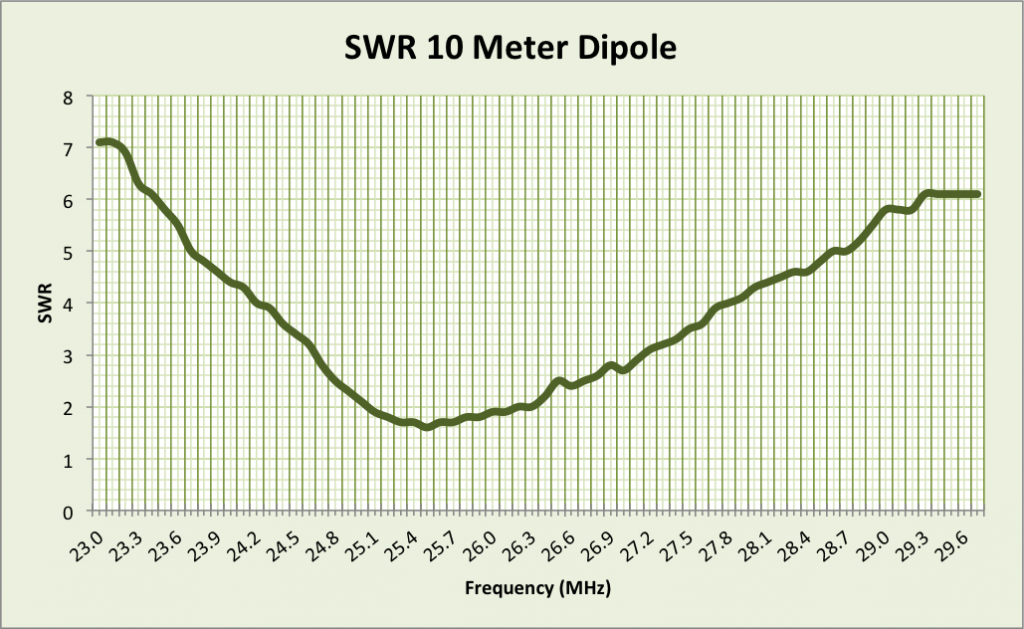KD8TZC
Member
I have a dipole antenna that is mounted in the attic and I recently purchased the YouKits antenna analyzer. I found that the 10M Dipole that I have is resonant around 25.5 MHz (well low of where I would like it which is 28.5).
I understand the basic process is to raise the resonant frequency I need to remove length from the two sections of the dipole and make it shorter. The question I have is this. Since I am looking to adjust the resonant frequency, can I remove the antenna from the attic and do this in my shop where I have better lighting and easier access to test this on the analyzer, or must I leave everything hooked up as is and do it in situ? Since the resonant frequency will have the lowest SWR anyhow, I don't think it should matter that I have removed it from the normal operating environment, but I wanted to check with others here for their opinions.

Thanks,
I understand the basic process is to raise the resonant frequency I need to remove length from the two sections of the dipole and make it shorter. The question I have is this. Since I am looking to adjust the resonant frequency, can I remove the antenna from the attic and do this in my shop where I have better lighting and easier access to test this on the analyzer, or must I leave everything hooked up as is and do it in situ? Since the resonant frequency will have the lowest SWR anyhow, I don't think it should matter that I have removed it from the normal operating environment, but I wanted to check with others here for their opinions.

Thanks,

